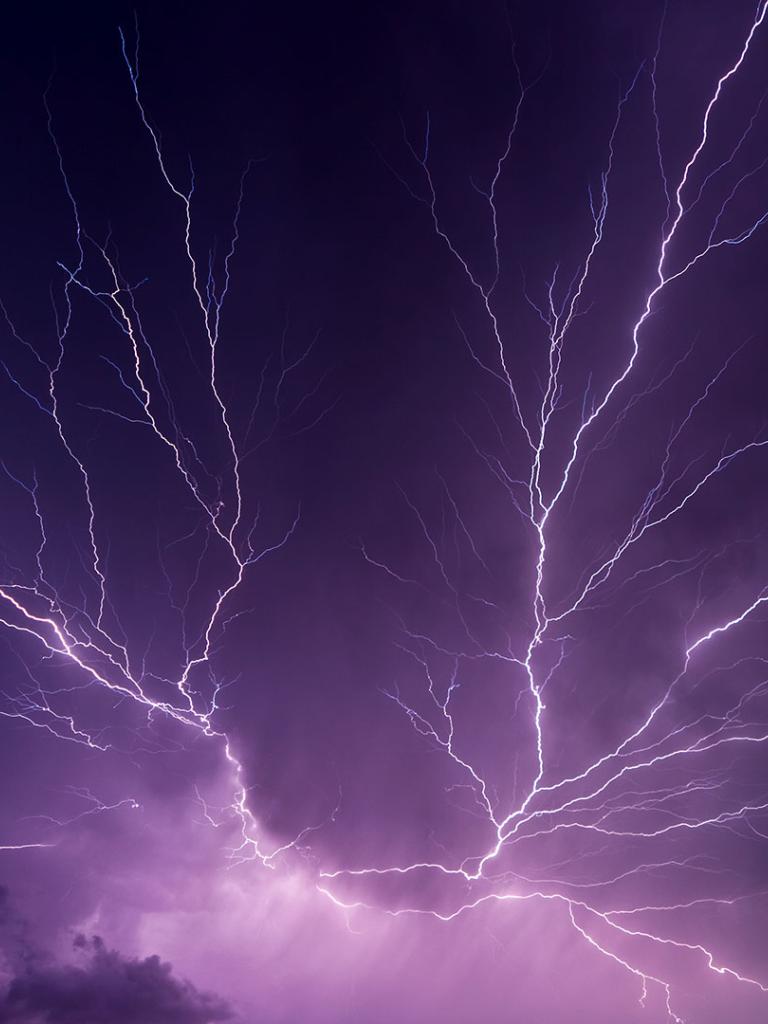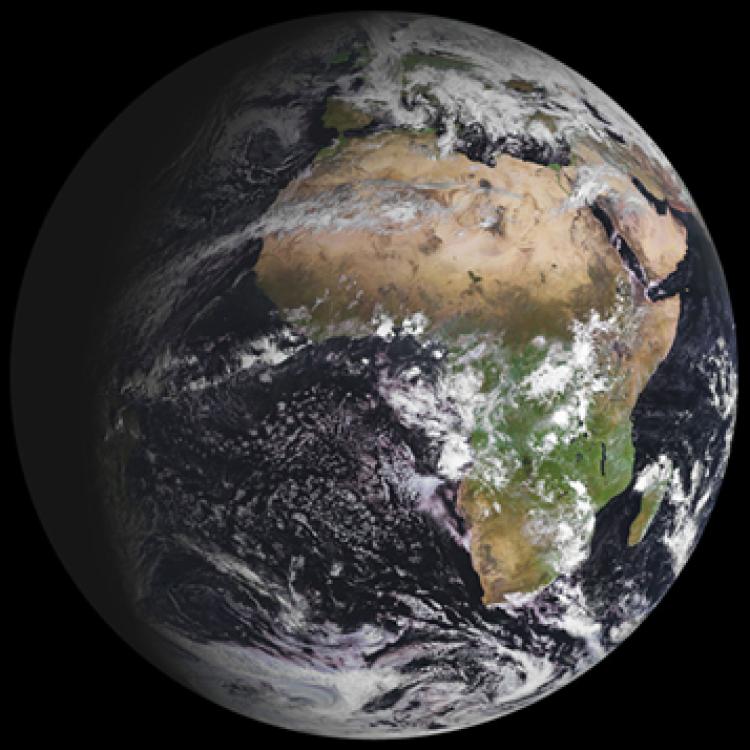30 January 2023
04 May 2020
Meteosat Third Generation (MTG) will include a Lightning Imager (LI) instrument. As part of the cal/val activities, there is a need to understand the opportunities provided by ground based lightning location networks over the MTG LI domain for providing good quality reference data. This study looked at the current Met Office lightning location network (ATDnet) and the network design required to expand a similar network to cover more of the (or the full) LI domain.
Objectives
- Improve EUMETSAT's knowledge of the ATDnet Lightning Location System (LLS) in view of using those measurements to assist the upcoming MTG LI cal/val tasks.
- Define the different development scenarios for the ATDnet network to be improved with a better coverage and performance inside the MTG LI domain before the MTG-1 launch in 2021.
- Establish to what extent ATDnet could be exploited for the MTG LI CalVal activities after the MTG I launch in 2021.
Overview
ATDnet is the Met Office’s (UK’s national weather and climate service) operational lightning detection network. It operates by detecting the Very Low Frequency (VLF) radio waves transmitted by a lighting stroke, called “atmospherics” or simply “sferics”. The propagation of the sferics can be several thousand kilometres, allowing a relatively dispersed network to have some detection capabilities over a very large area. The accuracy of the location of lightning strokes is not only a function of detection of the sferics butalso of the relative network geometry.
A review of the literature has been conducted and included alongside some new results to investigate ATDnet’s current performance in terms of relative detection efficiency (DE) and location accuracy (LA). The review used data from a range of sources, including long- and short-range ground-based networks and space based lightning location instruments. It was concluded that the network is effective over Europe with a Detection Efficiency (DE) of 80–90% of Cloud-to-Ground (CG) flashes and 40–60% CG strokes. ATDnet median location accuracy relative to reference systems was in the order of 1–3 km. The network also shows some coverage in other areas; 10–15% DE of the Tropical Rainfall Measuring Mission (TRMM) Lightning Imaging Sensor (LIS) flashes over the West Atlantic, 5-10% in northern and western Africa and approximately 5% in more distant regions like South America and the South Atlantic. The Long Wave Propagation Code (LWPC) was used along with a location accuracy model to model the operational ATDnet results for both a DE proxy and Location Accuracy (LA).
Meteosat Third Generation (MTG) will include a lightning imager (LI) instrument. This new instrument will provide lightning data over a substantial part of the Earth including Europe, Africa, the Atlantic Ocean and parts of South America. To enable validation and calibration it may be useful to have a near consistent conventional ground-based network. A first order modelling feasibility assessment has been conducted by modelling different scenarios of network, until coverage over the MTG LI domain is comparable to ATDnet in Europe.
To model a potential network to cover the MTG LI domain, the domain was first split into five regions (excluding the ATDnet region). Each region was modelled first using the LWPC, increasing the number of receivers until the assumed DE proxy was acceptable over the whole domain. The location accuracy model was then run to ensure that the LA was also acceptable. When the LA was found to be too low an iterative approach of adding more receivers and running the LWPC and LA models was taken.
The modelling results (see Figure 2) show that over most of the MTG LI domain it is feasible to provide coverage approximately equivalent to ATDnet over Europe. This would require 63 additional receivers. It would not be feasible to add 63 new receivers into ATDnet. The Met Office is currently running a project to replace ATDnet with a new lightning location network (LEELA). Some of the advantages of LEELA includes significantly reduced installation and hardware costs and a more flexible central processing system providing the flexibility to add an arbitrary number of new receivers. This would still be a significant undertaking, with hardware manufacture, site identification (including surveys) and installation each being a notable piece of work. On Figure 2 the red dots show the locations of the receivers modelled. The blue contours are the amalgamated location accuracy model output. The colour map shows the modelled number of receivers that would see any given lightning strike, white and green indicates that the network has enough receivers to see most cloud to ground lightning strikes in that area. The resolution is 1.5 degrees latitude and 1.5 degrees longitude.




